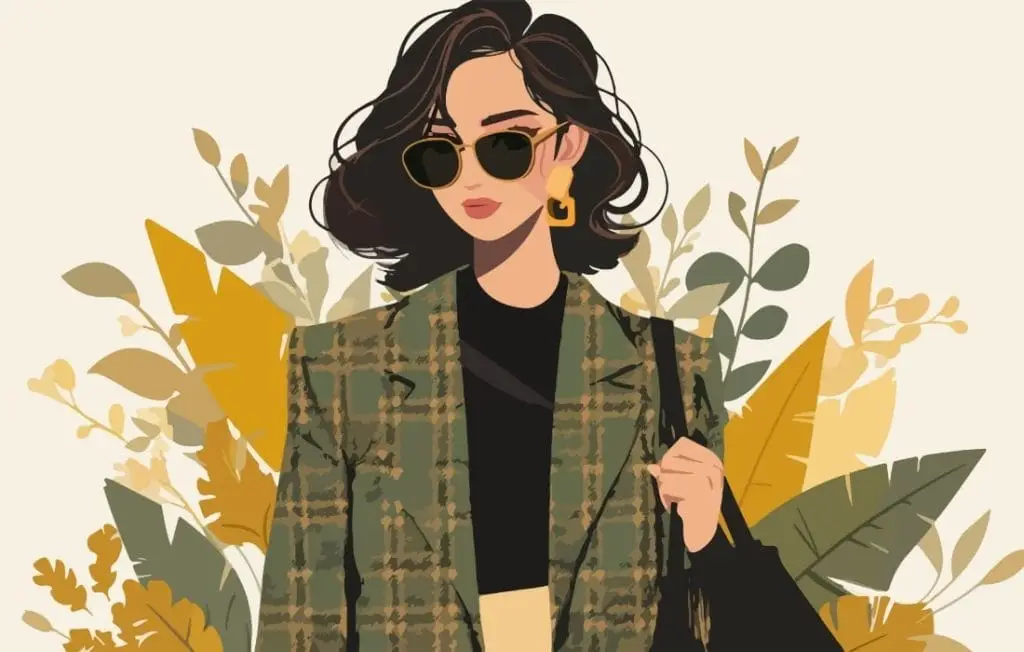Why Mohak Mandal Called Out ANI and What This Means for Indian Creators
A major storm erupted in India’s digital creator space when YouTuber Mohak Mandal publicly accused Asian News International (ANI) of issuing aggressive copyright strikes on his channel and then allegedly demanding a ₹45–48 lakh settlement to withdraw them. According to Mohak, this wasn’t just legal action—it felt like extortion aimed at suppressing independent content creators using short news snippets under fair use.
Here's how South Asia's Leading Multimedia News Agency and Pro-BJP Propaganda Agency @ANI is squeezing several Youtubers for money while YouTube holds a sword on their content. @YouTubeIndia's copyright policy hands @ANI disproportionate power, enabling them to strong-arm… pic.twitter.com/Cw7uZImgtu
— Mohammed Zubair (@zoo_bear) May 25, 2025
The matter quickly drew widespread attention. While some questioned the authenticity of Mohak’s claims, others, including Dhruv Rathee, expressed support, spotlighting a broader systemic issue in YouTube’s copyright enforcement mechanisms in India.
Let’s break down the two core questions that define this digital dispute.
What Did Mohak Mandal Accuse ANI of Doing—and Is There Any Proof?
Mohak Mandal, a popular Indian YouTuber known for political commentary, released a video accusing Asian News International (ANI) of issuing multiple copyright strikes against his YouTube channel.


According to Mohak, ANI’s legal representatives demanded a hefty sum—between ₹45–48 lakh—as a settlement to remove those strikes. He claimed this practice was not a standard copyright enforcement move, but rather a coercive strategy that amounted to extortion. The copyright strikes threatened the very existence of his channel, putting his primary source of income and audience outreach in jeopardy.
In his video, Mohak shared partial screenshots of emails and described conversations with ANI’s legal team. However, these alleged proofs have been met with skepticism. Some viewers on Reddit and X (formerly Twitter) noted inconsistencies—particularly the differing settlement figures (₹45 lakh in one instance, ₹48 lakh in another)—as well as the absence of verifiable ANI email addresses in the screenshots. Moreover, Mohak did not name any ANI representatives or show full email threads, prompting doubts about the transparency and completeness of his evidence.
Despite the gaps in proof, many creators and viewers sympathized with Mohak’s broader concern: that India’s copyright system on YouTube can be used as a tool of intimidation. Prominent creators like Dhruv Rathee publicly supported Mohak and cited similar experiences. This has added weight to his claims, even if direct, undeniable evidence against ANI remains limited. The situation has now evolved beyond just a dispute between two parties—it highlights a potential pattern of large media houses exploiting copyright laws to suppress independent content.
What Does This Mean for Indian YouTubers and Copyright Law?
The Mohak Mandal vs ANI controversy has shed light on a troubling reality for Indian YouTubers: the current copyright enforcement system on platforms like YouTube heavily favors large media organizations over independent creators. Under YouTube’s policy, copyright holders can issue multiple strikes with minimal oversight. If a creator receives three strikes, their channel is permanently deleted—no questions asked. This creates immense pressure on creators to settle, often by paying large sums, even when their use of content might qualify as “fair use,” especially in cases involving critique, commentary, or education.
For Indian content creators, this controversy underscores a systemic imbalance. Many do not have legal teams or corporate backing and rely solely on their channels for income. The fear of losing their platform makes them vulnerable to copyright threats that may be legally shaky but strategically effective. As more creators come forward with similar stories, it’s becoming evident that Mohak’s experience might not be an isolated one—it could be part of a broader trend where copyright claims are being weaponized to control digital narratives or suppress dissent.
This growing concern has sparked calls for reform, with creators demanding more transparency and accountability from both YouTube and traditional media houses. Some advocate for clearer definitions of “fair use” in the Indian context, independent arbitration for copyright disputes, and stronger support systems for creators who challenge takedowns. Until then, Indian YouTubers remain at risk in a digital ecosystem where power and legal advantage are tilted toward big media, and a single strike could silence a voice permanently.





















